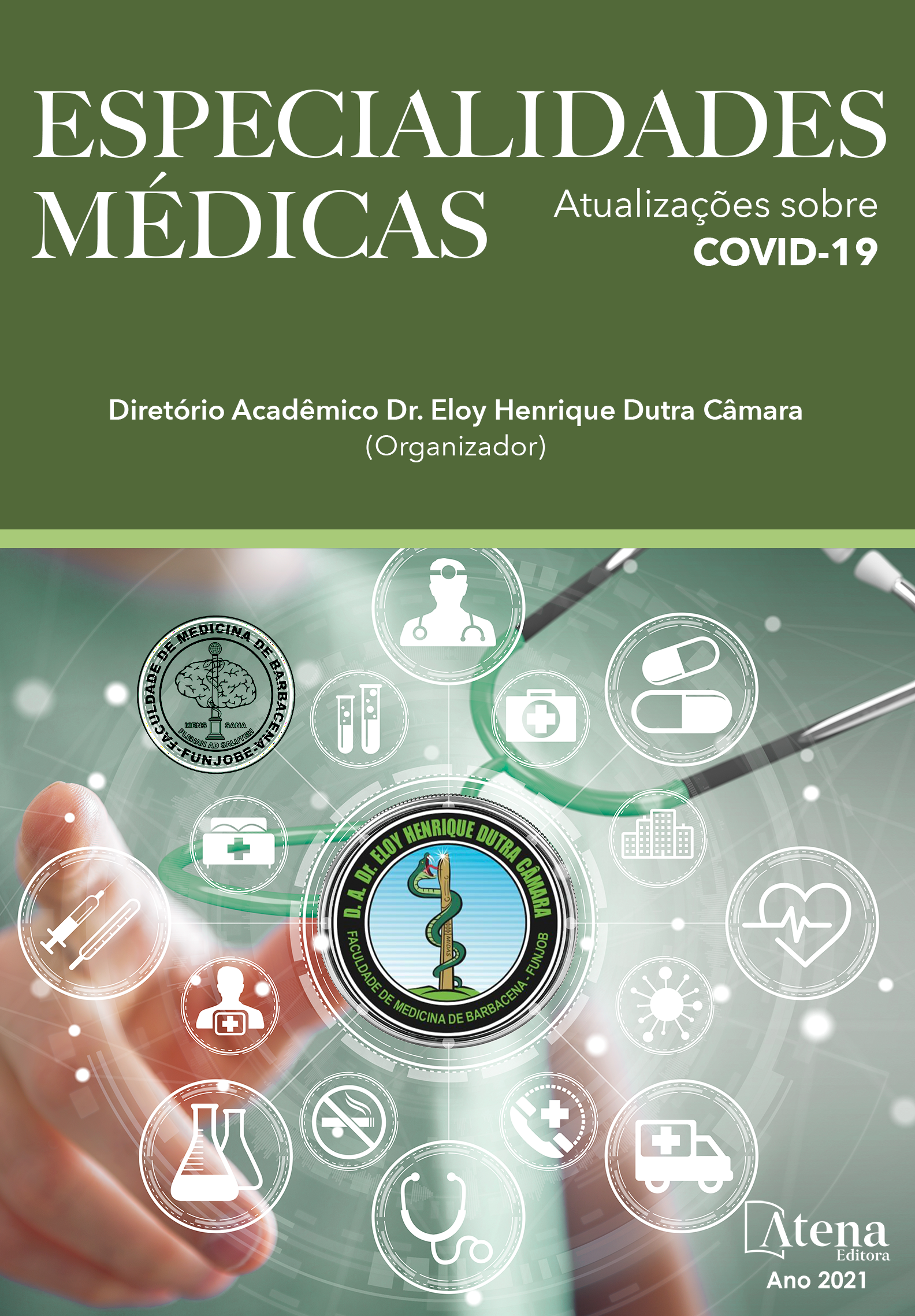
MANIFESTAÇÕES GASTROINTESTINAIS E HEPÁTICAS DO COVID-19
Introdução: Alterações relacionadas ao aparelho digestivo, como disgeusia, náuseas, vômitos, dor abdominal e diarreia foram relatadas com frequência na literatura, em pacientes infectados pelo vírus SARS-CoV-2. Acredita-se que o vírus possa utilizar a enzima conversora de angiotensina 2 como receptor para adentrar a célula alvo. Esta enzima pode ser encontrada com abundância nas células glandulares do epitélio digestivo, principalmente gástrico, duodenal e retal. Objetivo: Analisar o impacto do vírus SARS-CoV-2, por meio da revisão literária até a presente data de abril de 2021, no sistema hepático e no aparelho digestivo, e relacionar os sintomas mais comuns nesse quadro infeccioso. Ademais, analisar como a clínica de sintomas do trato gastrointestinal podem auxiliar na identificação precoce de infectados e quais tratamentos mostraram-se efetivos no controle das repercussões. Metodologia: O presente estudo foi realizado no formato de revisão integrativa da literatura do tipo qualitativa sobre o tema COVID-19 e suas manifestações hepáticas e gastrointestinais. Com essa finalidade, foi feito um levantamento bibliográfico no período compreendido entre 2020 e 2021, utilizando as seguintes bases de dados: PUBMED, Scielo e BIREME. Discussão: Um número expressivo de estudos demonstrou a presença de manifestações gastrointestinais em pacientes com COVID-19 e apontam uma associação com a forma grave da doença. Acredita-se que as anomalias hepáticas de pacientes podem ser causadas por infecção viral nas células hepáticas ou por outras, como toxicidade por drogas e inflamação sistêmica. Conclusão: Observa-se então que as manifestações gastrointestinais e hepáticas decorrentes da infecção por SARS-CoV-2 são de grande importância e prevalência e de amplo espectro de acometimento. Além disso, os enfermos que referiram alterações do aparelho digestivo estão mais propensos a serem diagnosticados tardiamente, salientando assim o papel da clínica em identificar esses indivíduos precocemente.
MANIFESTAÇÕES GASTROINTESTINAIS E HEPÁTICAS DO COVID-19
-
DOI: 10.22533/at.ed.59421020924
-
Palavras-chave: Infecções por Coronavirus, Trato Gastrointestinal, Fígado
-
Keywords: Coronavirus Infections, Gastrointestinal Tract, Liver
-
Abstract:
Introduction: Changes related to the digestive system, such as dysgeusia, nausea, vomiting, abdominal pain and diarrhea have been frequently reported in the literature in patients infected with the SARS-CoV-2 virus. It is believed that the virus can use the angiotensin-converting enzyme 2 as a receptor to enter the target cell. This enzyme can be found in abundance in the glandular cells of the digestive epithelium, mainly gastric, duodenal and rectal. Objective: To analyze the impact of the SARS-CoV-2 virus, by means of a literary review to date of April 2021, on the hepatic system and digestive system and to list the most common symptoms in this infectious condition. Furthermore, how the clinic of symptoms of the gastrointestinal tract can help in the early identification of infected people and which treatments have been shown to be effective in controlling the repercussions. Methodology: The present study was carried out in the format of a qualitative integrative review of the literature on the topic COVID-19 and its hepatic and gastrointestinal manifestations. For this purpose, a bibliographic survey was carried out between 2020 and 2021, using the following databases: PUBMED, Scielo and BIREME. Discussion: A significant number of studies have demonstrated the presence of gastrointestinal manifestations in patients with COVID-19 and indicate an association with the severe form of the disease. It is believed that liver abnormalities in patients may be caused by viral infection in liver cells or by others, such as drug toxicity and systemic inflammation. Conclusion: It is observed that the gastrointestinal and hepatic manifestations resulting from the infection by SARS-CoV-2 are of great importance and prevalence and of a wide spectrum. In addition, patients who reported changes in the digestive system are more likely to be diagnosed late, thus emphasizing the role of the clinic in identifying these individuals early.
-
Número de páginas: 12
- José Eugênio Dutra Câmara Filho
- Thiago Batista dos Santos Resende
- Raissa Lohayne Pereira
- Rafaela Maciel Pereira de Figueiredo
- Paloma Nunez Campos
- Luiz Andre Maciel Marques
- Lucas Ailton Fonseca Resende
- Isabelly Martins Neves
- Felipe Veloso Ribeiro Rodrigues
- Artur Henrique Sampaio Lima Araujo
- Alexandre Lyra da Matta Machado Fernandes


